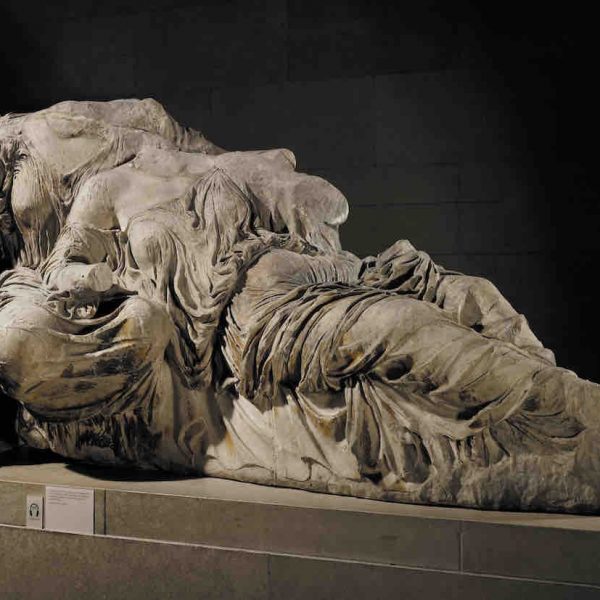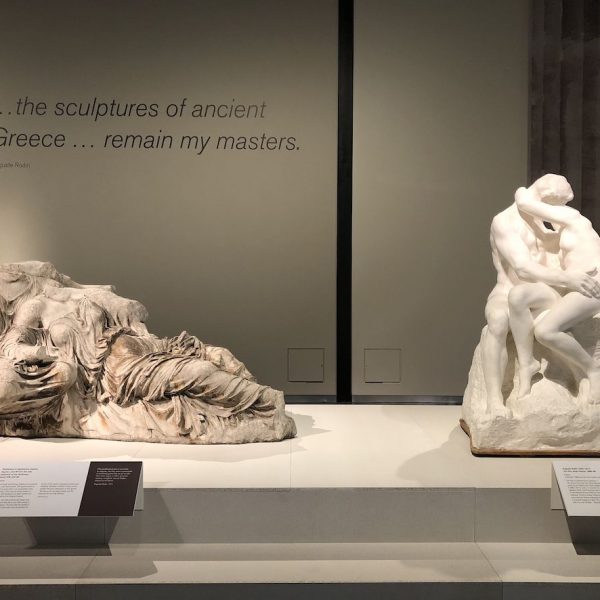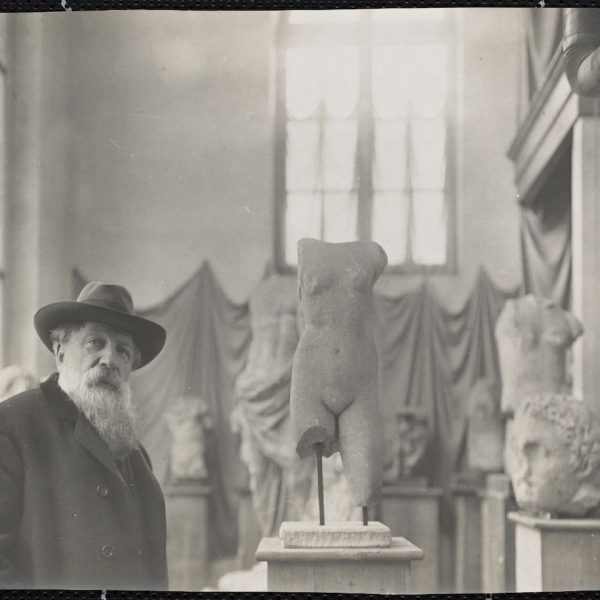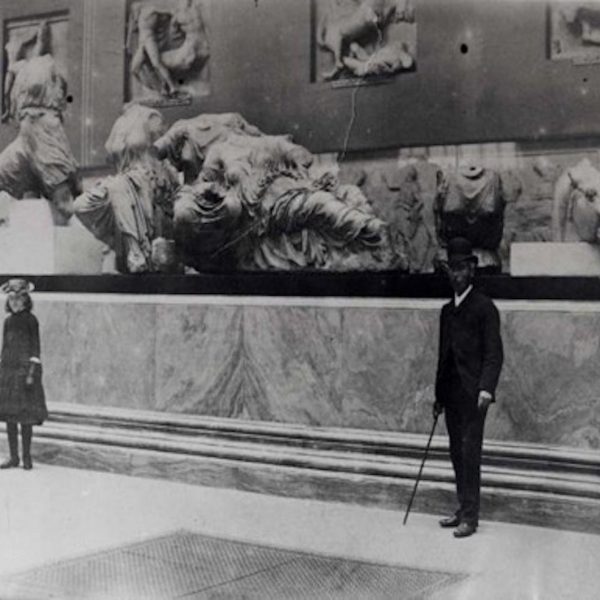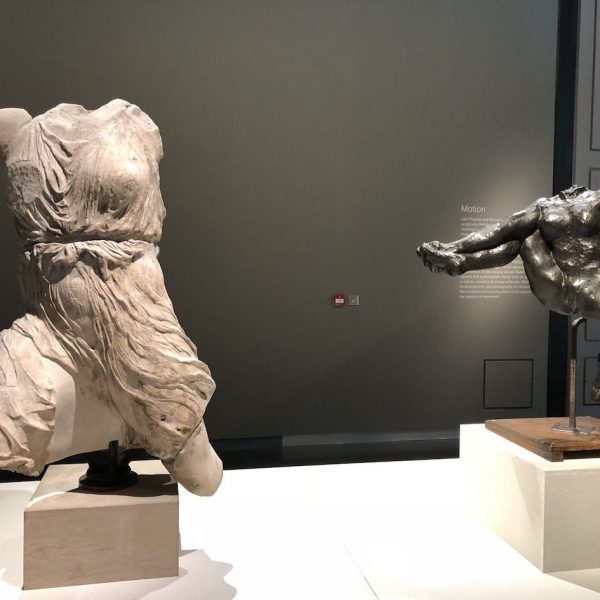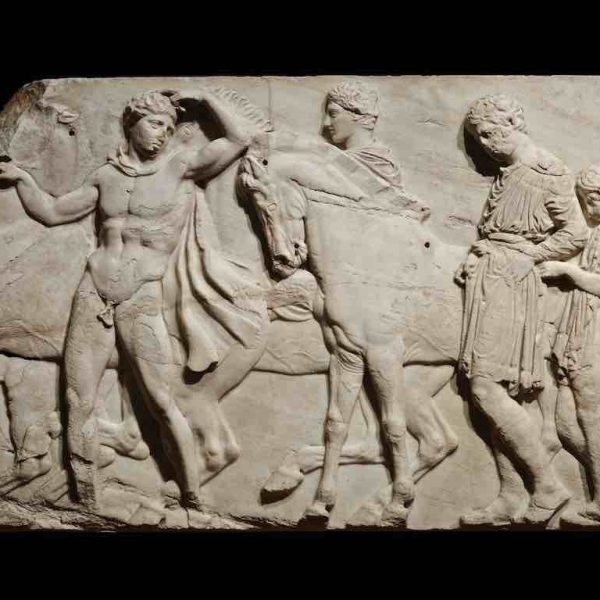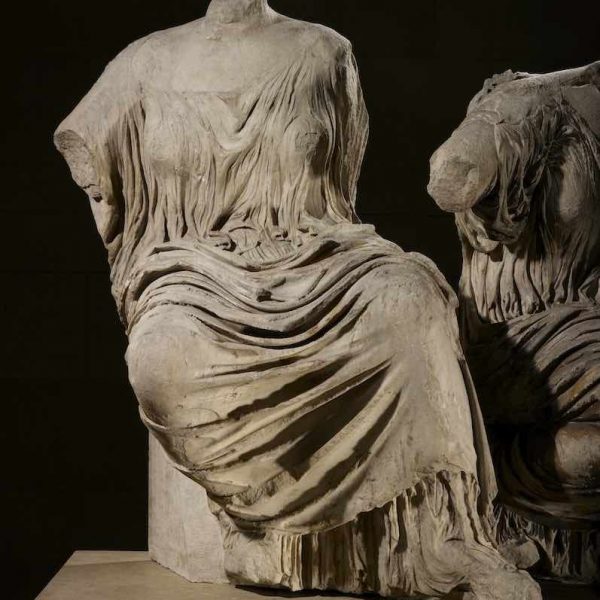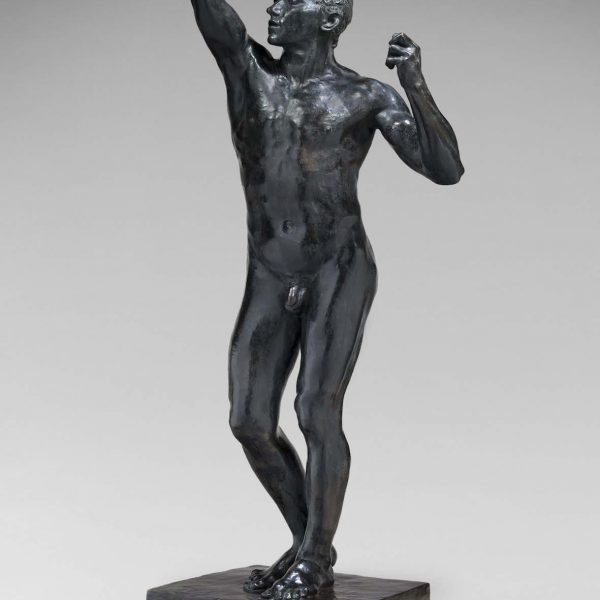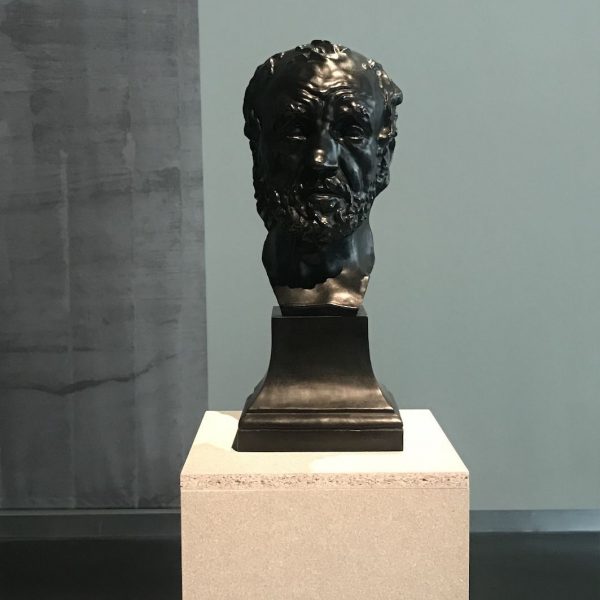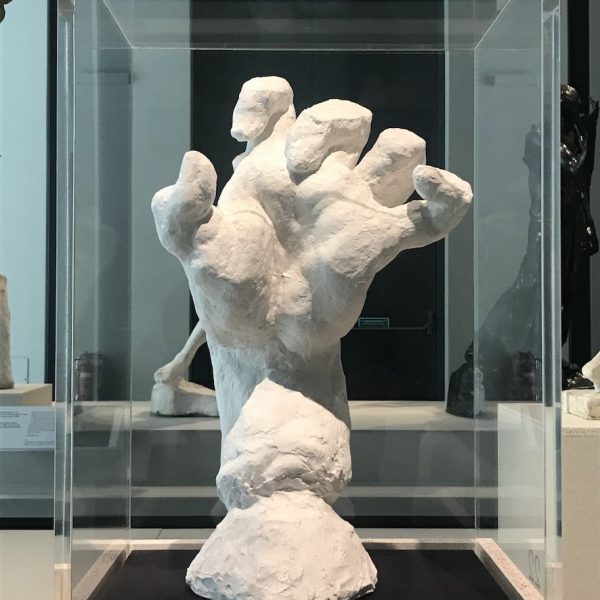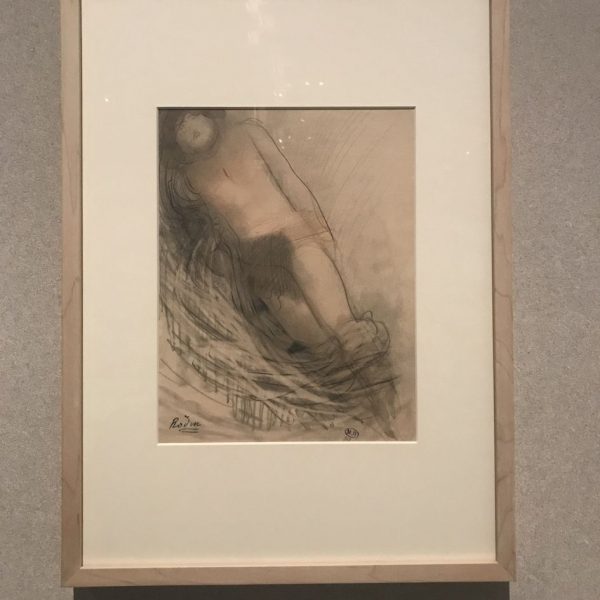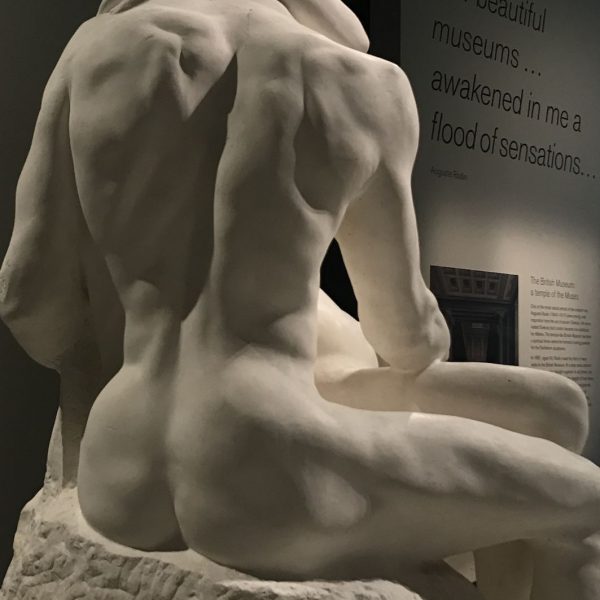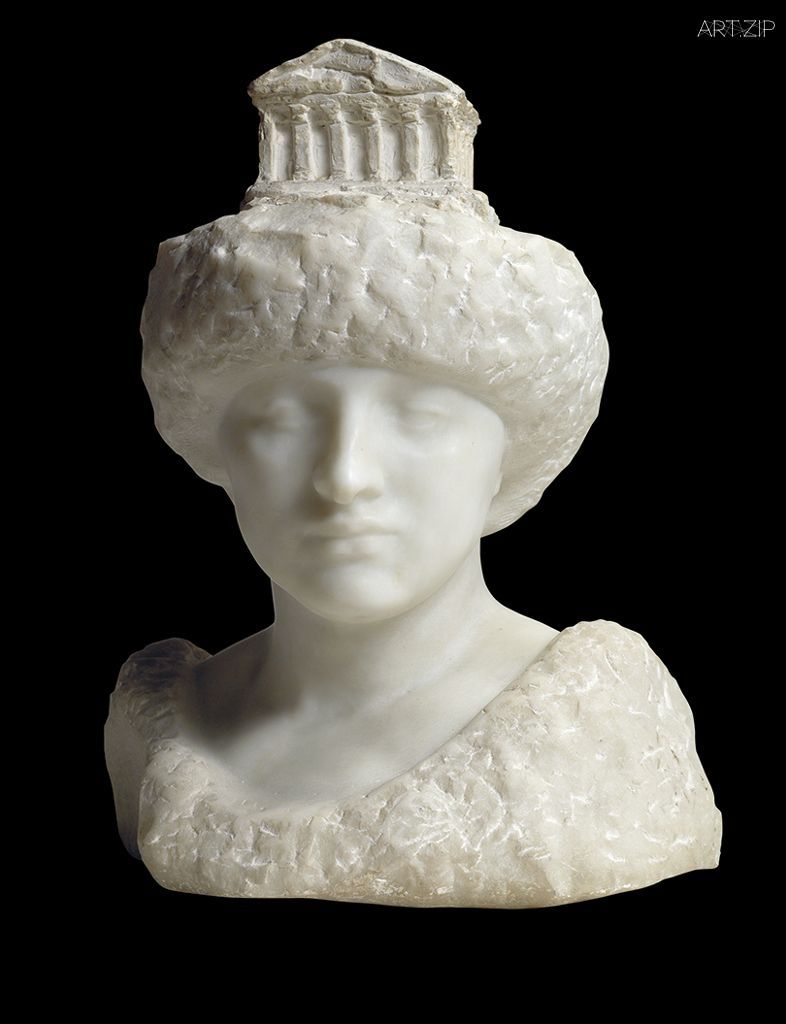
The British Museum
26 April – 29 July 2018
Auguste Rodin (1840 – 1917) was one of the greatest and most innovative sculptors of the modern era. However, it is little known that Rodin took his inspiration, in large part, from the works of the fifth-century BC sculptor Pheidias who is known as the artist who conceived the Parthenon sculptures. This April, the British Museum will present works by Rodin in a new light and explore how he admired the art of antiquity, particularly that of ancient Greece. Supported by Bank of America Merrill Lynch, this exhibition will reveal how Rodin regularly travelled to London and visited the British Museum to sketch and seek inspiration.
For the very first time, visitors will be able to appreciate Rodin’s extraordinary talent as a sculptor by showing his work alongside the very Parthenon sculptures that inspired him. This comparison will provide unique insight into the full breadth and depth of Rodin’s vision, and provide new insight into the sculptures of an artist that everyone thought they knew.
- Auguste Rodin, Thought, 1895
- Auguste Rodin, The Kiss, 1888-89
- Auguste Rodin, Pallas (Athena) with the Parthenon, 1896
Thanks to a collaboration with the Musée Rodin in Paris, over 80 works in marble, bronze and plaster, along with some of Rodin’s sketches will be displayed in conversation with ancient Greek art. The show will allow visitors 360 degree access to many of the works which will be displayed at eye level as if they were in a sculptor’s workshop. The exhibition design takes inspiration from Rodin’s home and studio in Meudon outside Paris, and the Sainsbury Exhibitions Gallery will be filled with natural light at both ends of the space for the first time since it opened in 2014.
The exhibition will open by exploring the influence ancient Greece had on Rodin’s approach to his art. In both Meudon and Paris, he displayed these pieces among his own works, on crates, stands or plaster columns. This exhibition will reveal that Rodin’s famous work The Kiss (1882), evokes two female goddesses, originally on the East Pediment of the Parthenon, one of which reclines luxuriously in the lap of her companion. The British Museum is borrowing an important version of The Kiss from the Musée Rodin. It is a plaster cast of the first marble example and it became the version which Rodin would display in exhibitions and from which others were copied. Both the Parthenon goddesses and Rodin’s marble Kiss are carved from a single block of stone with one figure melting into another.
Rodin first visited London and the British Museum in 1881 and was hugely impressed by the collection, particularly the sculptures of the Parthenon. He visited London throughout his later life, and in in 1902, he said “in my spare time I simply haunt the British Museum”. Rodin continued to visit the Museum until shortly before his death in 1917. Coming on loan from the Musée Rodin are a number of Rodin’s sketches, including 13 of the Parthenon Sculptures. Some of the sketches were done on headed notepaper from the Thackeray Hotel where Rodin stayed when he was in London, right opposite the British Museum.
Rodin never sculpted copies of the Parthenon figures, but instead sought inspiration from them. The inclusion of some of the Parthenon Sculptures will allow the exhibition to explore Rodin’s fascination with them. By positioning some of the Sculptures with works by Rodin, the exhibition will allow us to see the influence on Rodin’s artistic work by directly comparing the Parthenon Sculptures with Rodin’s works for the first time. This exhibition will allow visitors to understand the extent of the influence of the art of antiquity, in particular the Parthenon Sculptures, on Rodin and appreciate the full breadth and depth of Rodin’s unique vision and extraordinary achievement as a sculptor.
Ian Jenkins, exhibition curator at the British Museum, said “Like many ancient archaeological sites, the Parthenon and its sculptures had been damaged and weathered over centuries. Rodin, however, took inspiration from the powerful expression that they conveyed through the body alone, as many of them were headless. He even removed the heads and limbs from his own figures to make them closer to the broken relics of the past. By doing so, he created a new genre of contemporary art – the headless, limbless torso.”
羅丹作為現代雕塑的開創者、19世紀偉大的雕塑家已經家喻戶曉,可他本人對於古希臘藝術的無盡欣賞和對雕塑家菲狄亞斯的崇拜還不為世人所知。大英博物館聯合巴黎羅丹美術館將羅丹的作品與帕特農神廟雕塑一同展出,全面展示羅丹雕塑和他眼中的古希臘之美。
展廳被分為“藝術與自然”、“紀念碑”、“羅丹的帕特農神廟”、“碎片”、“情緒”和“動作”幾個部份。模仿羅丹工作室內的佈置,古希臘雕塑原件和羅丹的作品被一一對比陳列。觀眾大可流連其中,捕捉不同角度的體驗。羅丹先後15次參觀大英博物館,從帕特農神廟雕塑中獲取靈感, 他稱讚“菲狄亞斯是無可超越的”。他的重要作品《吻》就來源於帕特農神廟的女神像,原作展現一位女神慵懶地椅靠在她的同伴身上。
古希臘雕塑因年代久遠,不少都缺失頭部和上肢。羅丹並不認為它們的價值受損,反而因此增加了一層殘缺之美。為了表現這種美,羅丹創作去掉頭部、上肢的人像,開創出現代藝術中新的流派。




